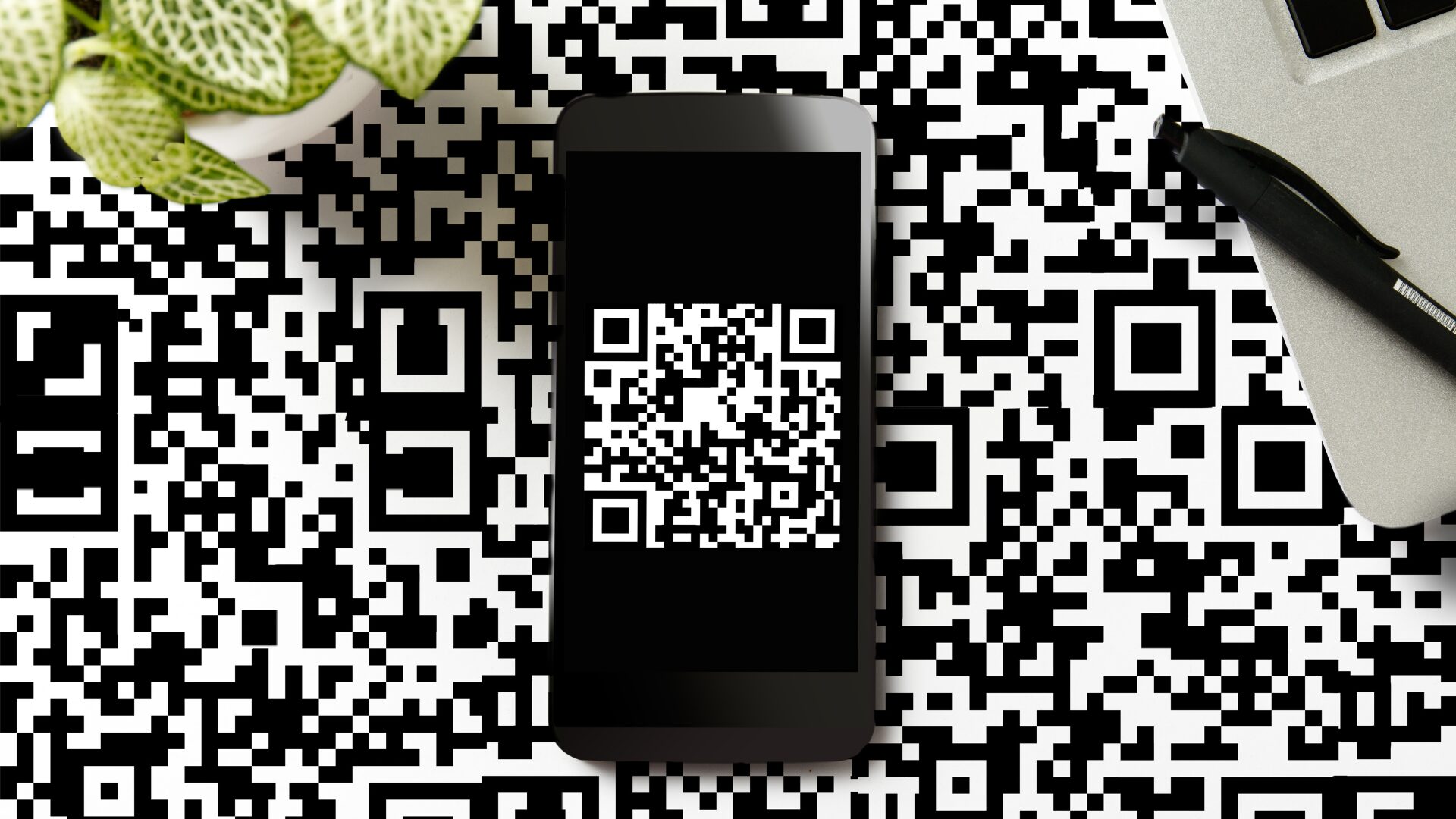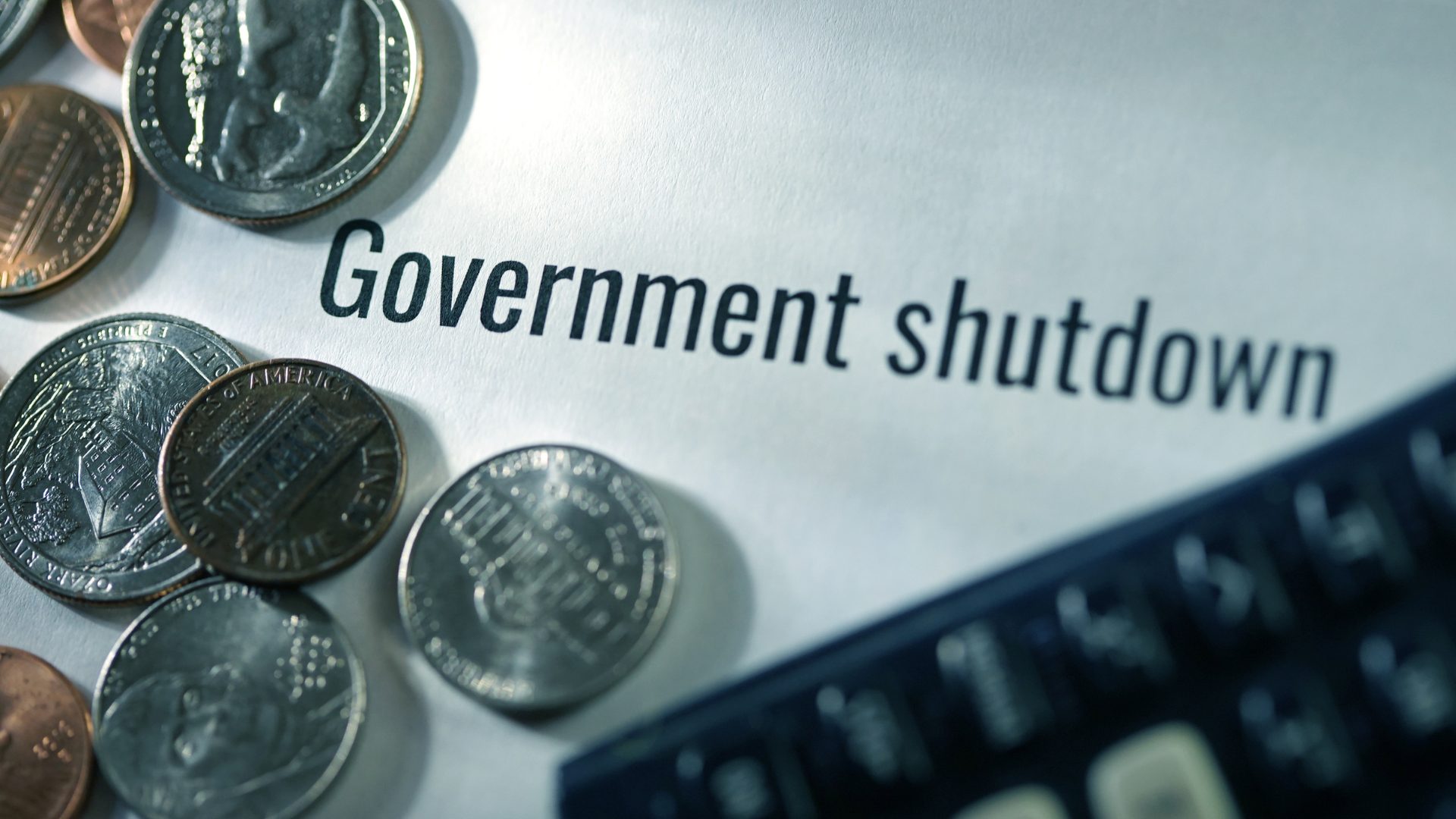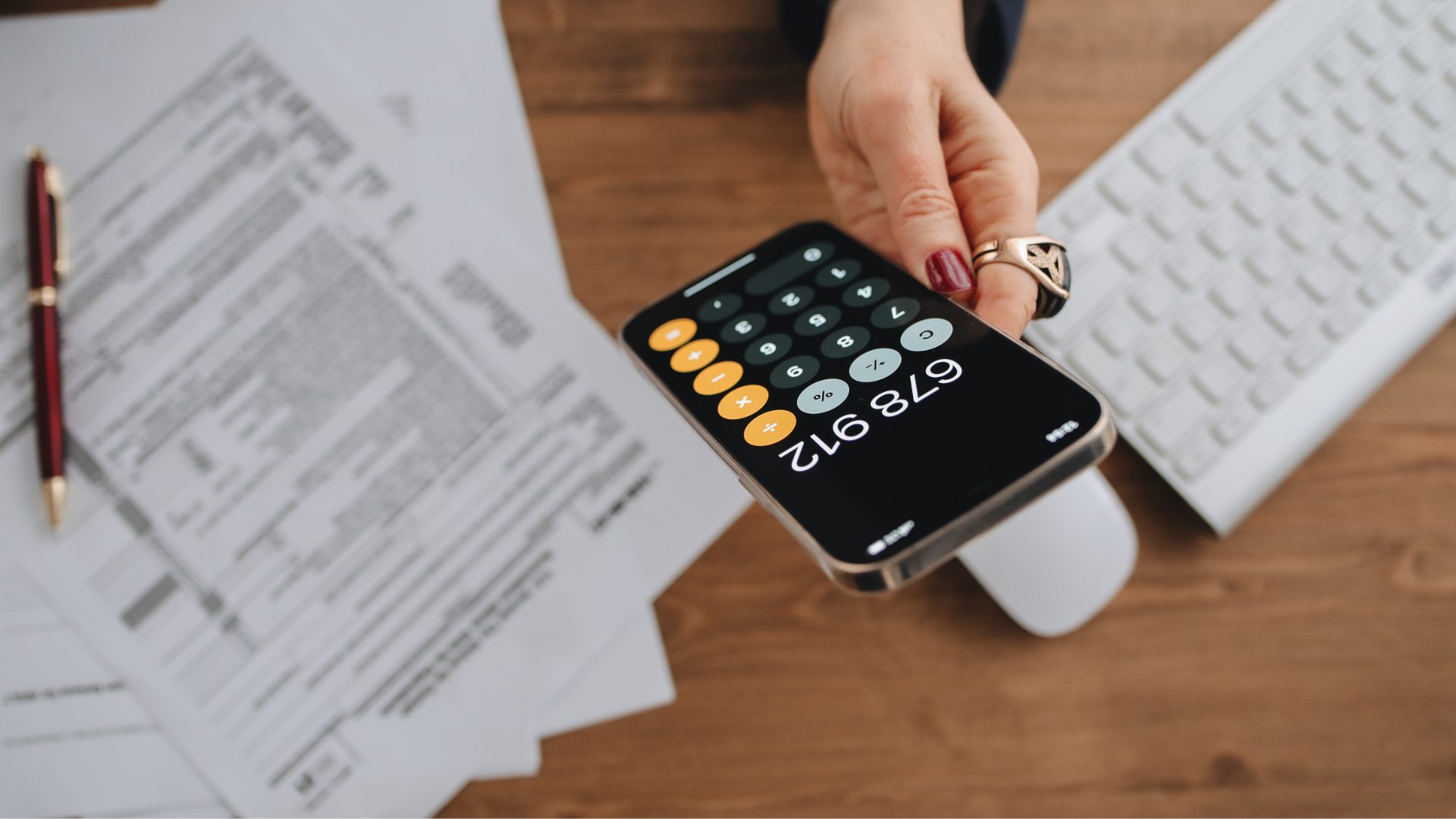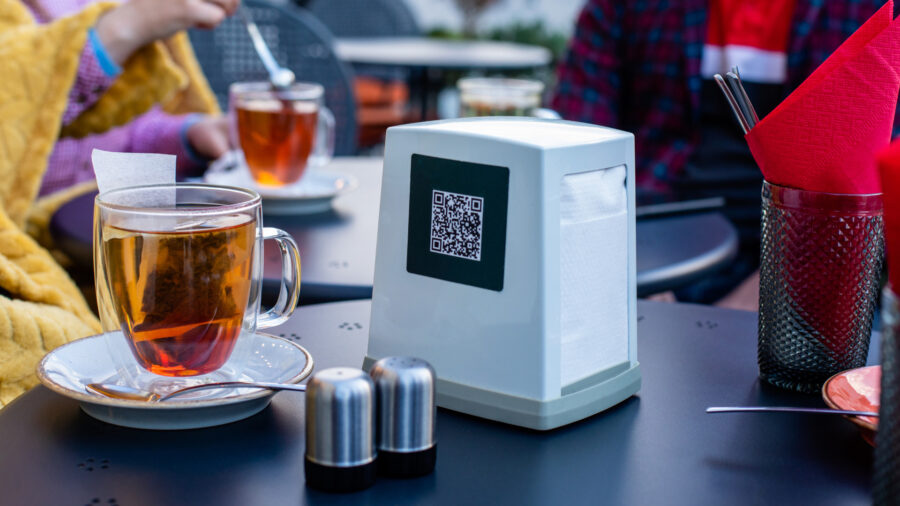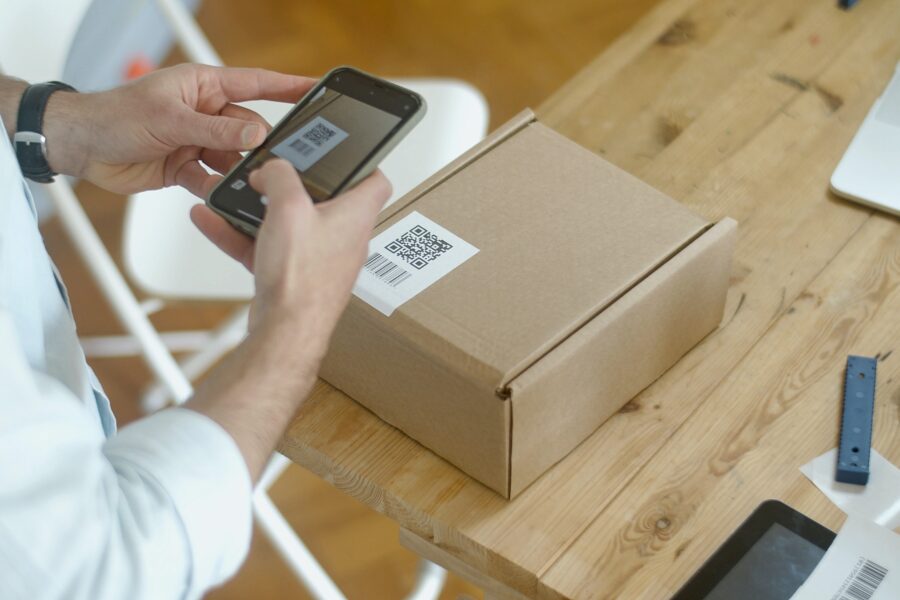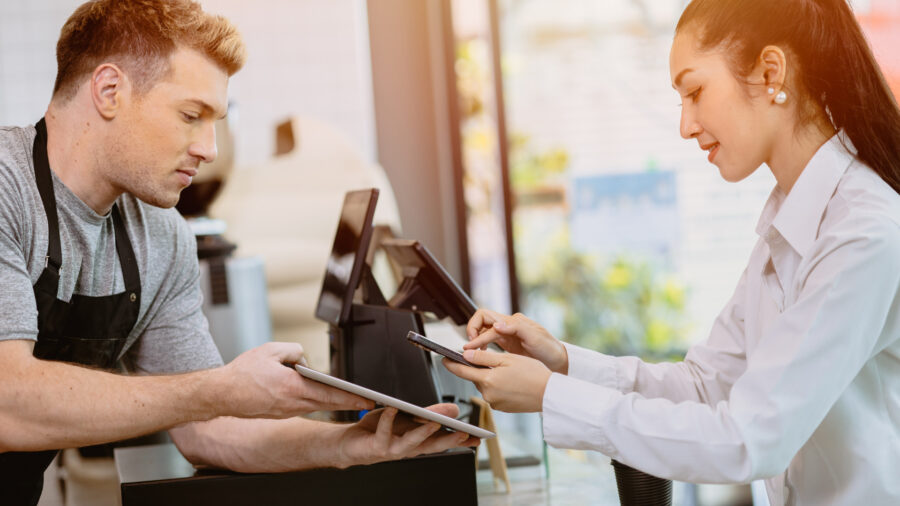In this increasingly digital landscape, it’s become crucial for F&B companies to not only gather data but also to glean insights from it that they can leverage to stay ahead of the curve.
Anyone who’s been through the grocery checkout line is familiar with traditional barcodes, or 1D barcodes. But while their younger sibling, the 2D barcode, may be slightly lesser known, it’s significantly more powerful, versatile, efficient, and advanced – and it’s the future.
Recently, The Food Institute hosted a webinar entitled “How 2D Barcodes Could Revolutionize Retail” featuring insights from Ned Mears, senior director of global standards for GS1 US, and Waqqas Mahmood, senior director of strategic consulting for CBIZ.
Let’s explore a few of the topics.
Types
Ever scanned a QR code with your phone? If so, you’ve used a 2D barcode!
QR, or quick-response, codes are used for a variety of purposes, particularly in marketing and/or consumer engagement.
“QR codes became very common during the COVID-19 pandemic. A lot of the products, a lot of the menus in restaurants, everything kind of went towards, ‘Hey, let’s have a QR code for that.’ It’s become such a common theme that nowadays in restaurants, it can be hard to find a physical menu because of that,” Mahmood said.
A second type of 2D barcode leveraged in the F&B industry is the data matrix code, which is most commonly used for product identification and traceability.
PDF417 codes, in contrast, are primarily used for shipping labels and complex data storage. “You know when you see your Amazon packages? That’s the code that’s being used mostly for storage or shipping or logistics,” Mahmood explained.
Benefits of the Technology
There are many advantages to using 2D barcodes, such as their increased capacity to store information, including text, URLs, and other types of data.
Another perk is their capacity to enhance traceability, enabling companies to track products through the supply chain in greater detail, which is essential for food safety and regulatory compliance.
Space efficiency is a third benefit, as 2D barcodes have a unique ability to fit large quantities of information into small spaces, making them an ideal option for products with limited packaging areas.
They’re also highly durable and designed with error correction capabilities, which means they can still be read accurately even when partially damaged.
Finally, 2D barcodes can help make the consumer experience more interactive, linking out to websites, promotional content, and product information.
Applications of 2D Barcodes
F&B companies use 2D barcodes for many reasons, such as:
- Identifying and tracking products through the supply chain, which is crucial for recalls and ensuring the integrity of the food supply
- Managing inventory, including product quantities, expiration dates, and storage conditions
- Complying with food safety regulations like the Food Safety Modernization Act
- Connecting consumers with ingredient lists, nutrition facts, recipes, promotions, and brand information
- Identifying and authenticating products to prevent counterfeiting
Nestlé, for example, uses 2D barcodes to provide detailed product information, traceability data, and interactive content to consumers, while Walmart utilizes them to improve the efficiency and transparency of product recalls.
Whole Foods, on the other hand, leverages QR codes on packaging to link out to farm and producer information in a move to enhance transparency about sourcing with eco-conscious consumers.
Retailer Opportunities for 2D Barcodes
Because 2D codes include a serial number at the point of sale, they can authenticate returns by matching the serial number to the original purchase, which can help identify stole goods, returns fraud, and counterfeit merchandise.
And when 2D codes are combined with other technologies like electronic shelf labels, items that are about to expire can be discounted dynamically, ensuring first-expired, first-out inventory management and incentivizing consumers to purchase the products.
In addition, including a lot code at the point of sale enables retailers to reach out to consumers directly about recalled products.


